Equation For Resultant Vector
Get the answers you need now. Use MathJax to format equations.

Vector Application Find Magnitude And Angle Of The Resultant Force Youtube
Analytical Method to Find the Resultant of Two Vectors.

Equation for resultant vector. To find Resultant force vector using parallelogram law of forces. Vecc -veca vecb This is different from the vector we get if we add veca and vecb. Create vector equations for each of the given forces add the vector equations together to get the vector equation of the resultant force find magnitude of the resultant force using the new vector equation and the distance formula Dsqrt left x_2-x_1right2left y_2-y_1right2 D.
This method involves properties of parallelograms but in the end boils down to a simple formula. The formula for calculating the resultant of. A resultant vector is a combination or in simpler words can be defined as the sum of two or more vectors which has its own magnitude and direction.
Then according to parallelogram law of vector addition diagonal OB represents the resultant of P and Q. The parallelogram method to calculate resultant vector. Derive the equation for resultant vector by triangle law.
The resultant vector is the total of the four individual vectors or 200 pounds which should be equal and opposite to the weight of the master and the vehicle. The resultant is the result of combining the individual vectors together. Viewed 58 times 1.
We Would Like to Suggest. Active 1 year 10 months ago. Methods for calculating a Resultant Vector.
But they are in the same direction then we cannot add directly. Resultant vector formula has numerous applications in physics engineering. Its because you are calculating the lengths of two different vectors.
Draw OA and OB to represent the vectors P and Q respectively to a suitable scale. The method used in the resultant vector formula is the head to tail method where the head of the first vector is added with the tail of the other vector. Angular Vector forces can be calculated using mathematical formula.
In summary the resultant is the vector sum of all the individual vectors. The resultant vector is the vector that results from adding two or more vectors together. Brought to you by.
The vector vecc is calculated by adding our two vectors so. Methods for calculating a Resultant Vector. In vector geometry the resultant vector is defined as.
The parallelogram OACB is constructed and the diagonal OC is drawn. Substitute the value of P and Q in the formula R 3 2 4 2 2 x 3 x 4 x cos30 R 9 16 20. This is obtained by computing the vectors based on the directions with respect to each other.
Equation for resultant vector after rotation. If they are in the opposite direction or same direction then we can add and subtract directly. The head to tail method to calculate a resultant which involves lining up the head of the one vector with the tail of the other.
The resultant force formula to find the resultant vector of two forces is provided below. The resultant of two vectors can be found in many ways. R is the resultant Rx is the first vector in the.
And thats why you have two different equations. According to Math Warehouse The resultant vector is the vector that results from adding two or more vectors together. Calculate the resultant force vector using parallelogram law of forces.
Ask Question Asked 1 year 10 months ago. You can use the Pythagorean theorem in the form c2 a b2 or R2 Rx2 Ry2 when the angle between the two vectors is a right angle. Sign up or log in.
Let be the angle between P and Q and R be the resultant vector. The vectors have both magnitude and direction. XYZ X vector 1 X vector 2 Y1 Y2 Z1 Z2 Where X Y and Z are the coordinate values of the new vector.
The resultant can be determined by adding the individual forces together using vector addition methods. Let P and Q be the two vectors which are combined into a single resultant. Resultant vector formula is used to obtain the resultant value of two or more vectors.
To learn more see our tips on writing great answers. Resultant Vector Formula The quantities that have both magnitude and direction are called vectors. Given Magnitude of vector P 3N Magnitude of vector Q 4N Angle 30 degrees.
Resultant vector Explanation and Examples.

Lesson 1 Vector Addition Numerical

Two Forces 3n And 4n Are Acting Perpendicular To Each Other What Is The Magnitude Of The Resultant Force And How Quora
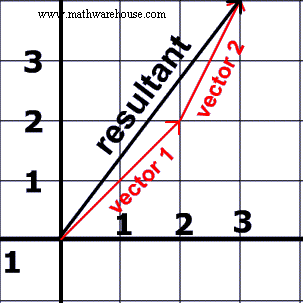
Resultant Vector How To Calculate A Resultant Using The Parallelogram Method And The Head To Tail Method A Resultant Is Simply

Find The Magnitude And Direction Of The Resultant Of Two Vectors A And B In The Terms Of Their M Youtube
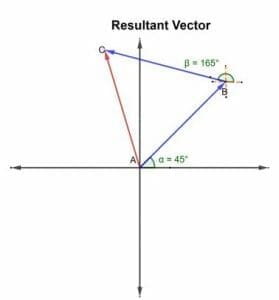
Resultant Vector Explanation And Examples

Question Video Measuring The Magnitude Of A Resultant Vector Nagwa

Question Video Finding The Resultant Of Two Vectors Using The Parallelogram Method Nagwa
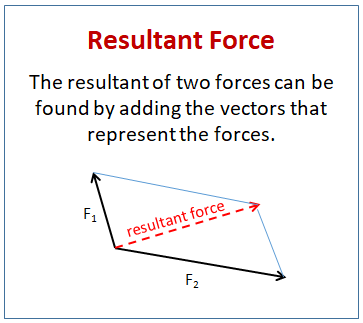
The Resultant Of Two Forces Solutions Examples Videos Worksheets Games Activities
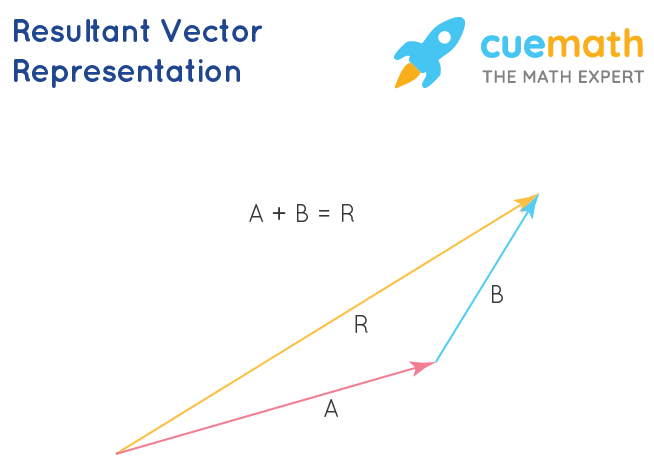
Resultant Vector Formula Learn To Find The Resultant Vector

Determine Resultant Of Two Vectors Using Pythagorean Theorem Solved Problems In Basic Physics

Which Equation S Below Accurately Represent S The Chegg Com

Resultant Vector How To Calculate A Resultant Using The Parallelogram Method And The Head To Tail Method A Resultant Is Simply

Vector Application Find Magnitude And Angle Of The Resultant Force Youtube
Resultant As Magnitude And Direction Ck 12 Foundation

Formula Of Resultant Of Two Vectors Youtube
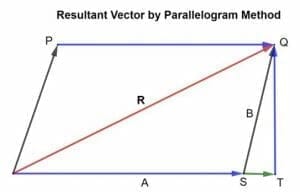
Resultant Vector Explanation And Examples

How To Find The Resultant Of Two Vectors Youtube
What Is The Angle Between Two Vectors Of Equal Magnitude When The Magnitude Of Their Sum Is The Same As The Magnitude Of Each Vector Quora


Post a Comment for "Equation For Resultant Vector"